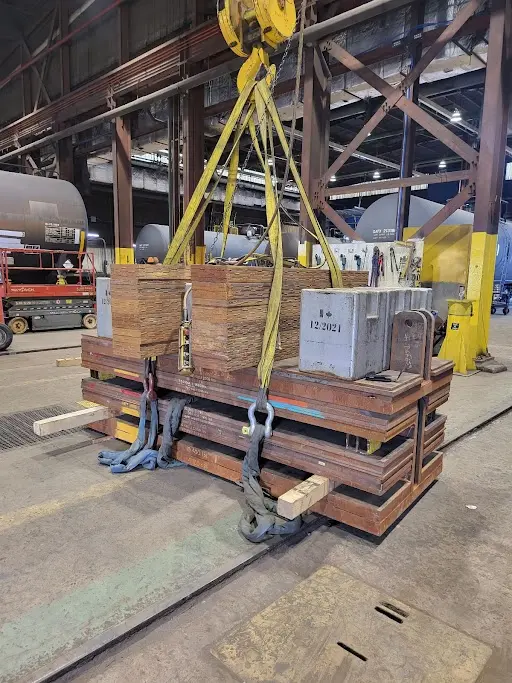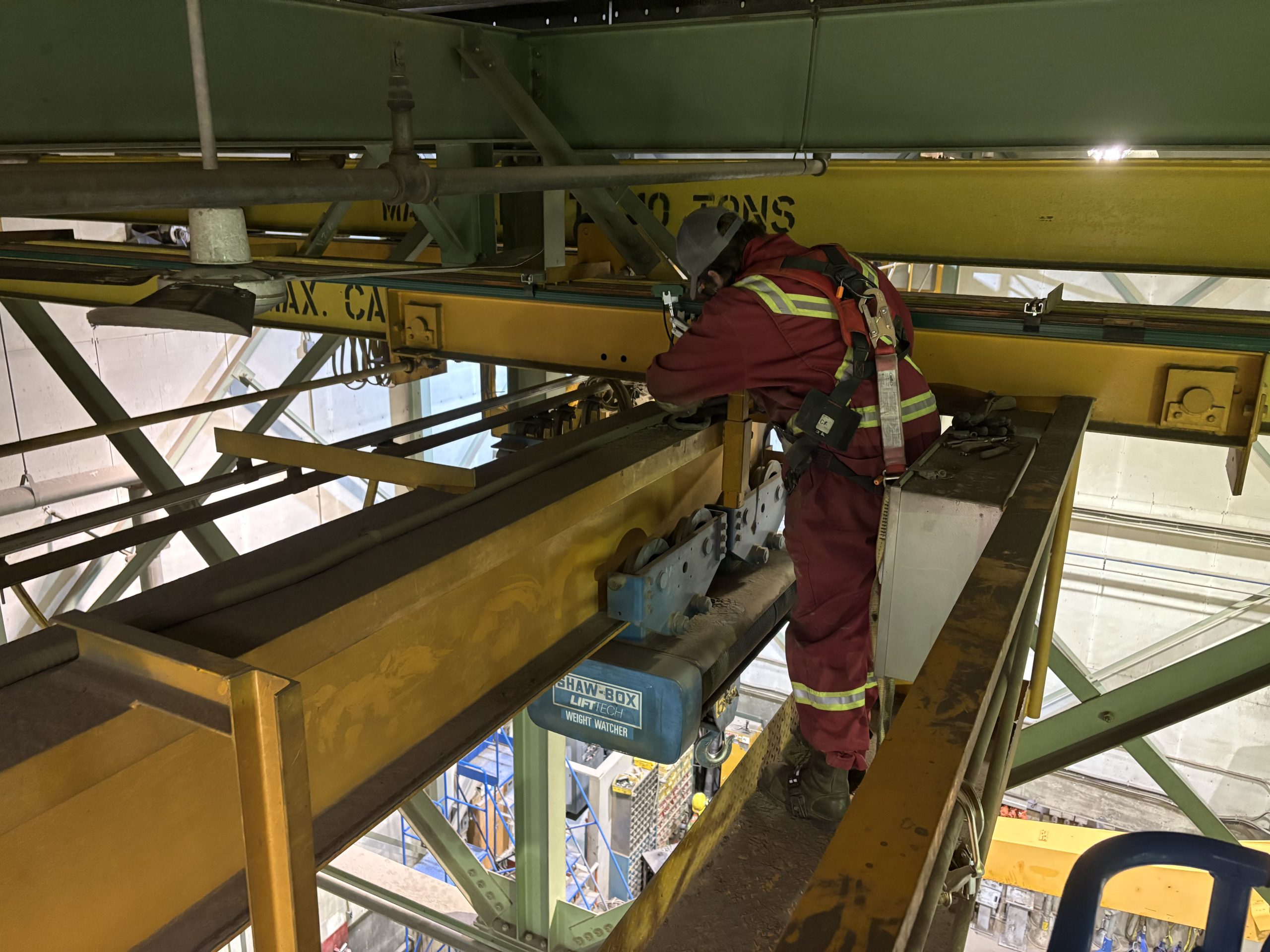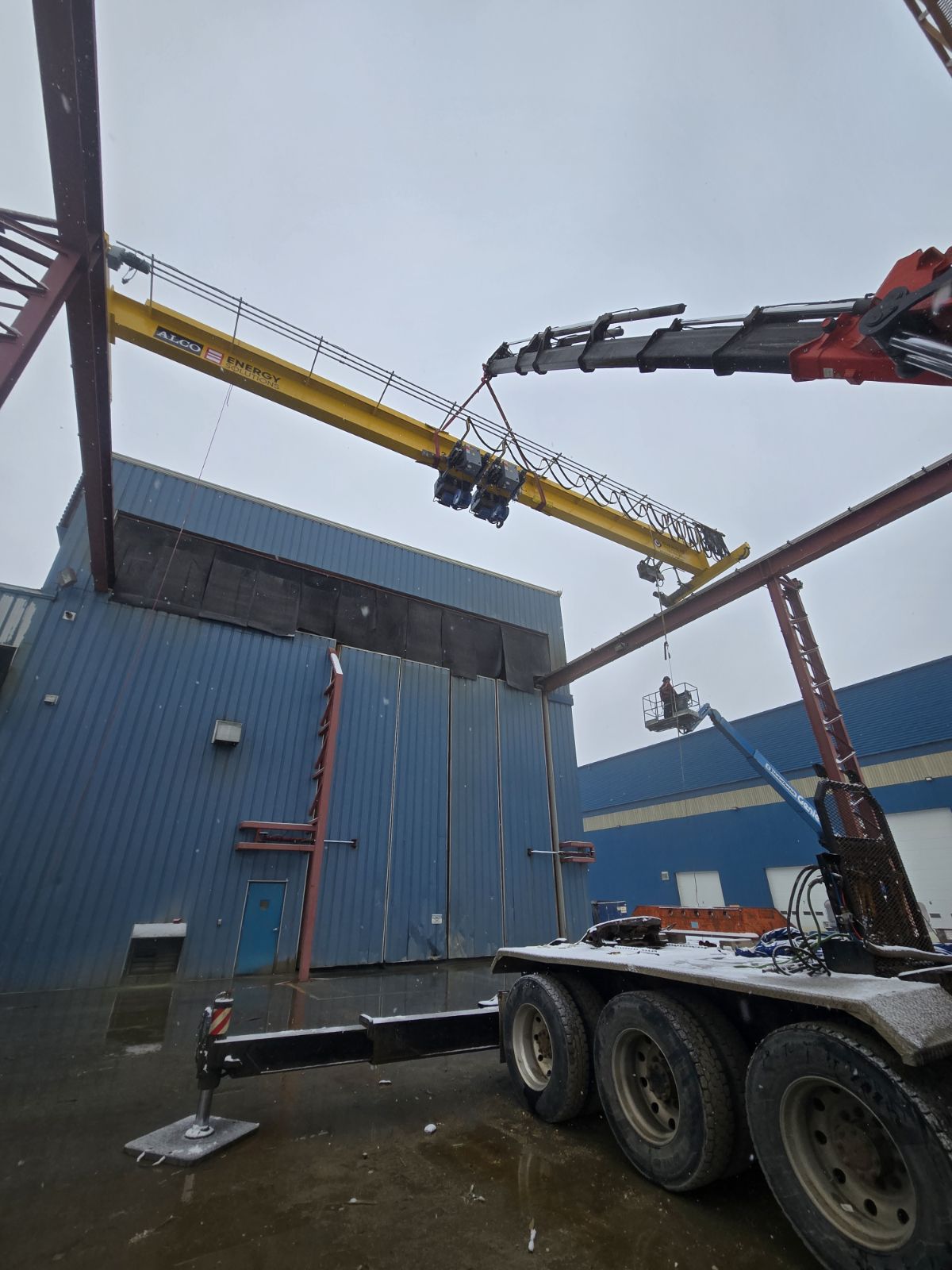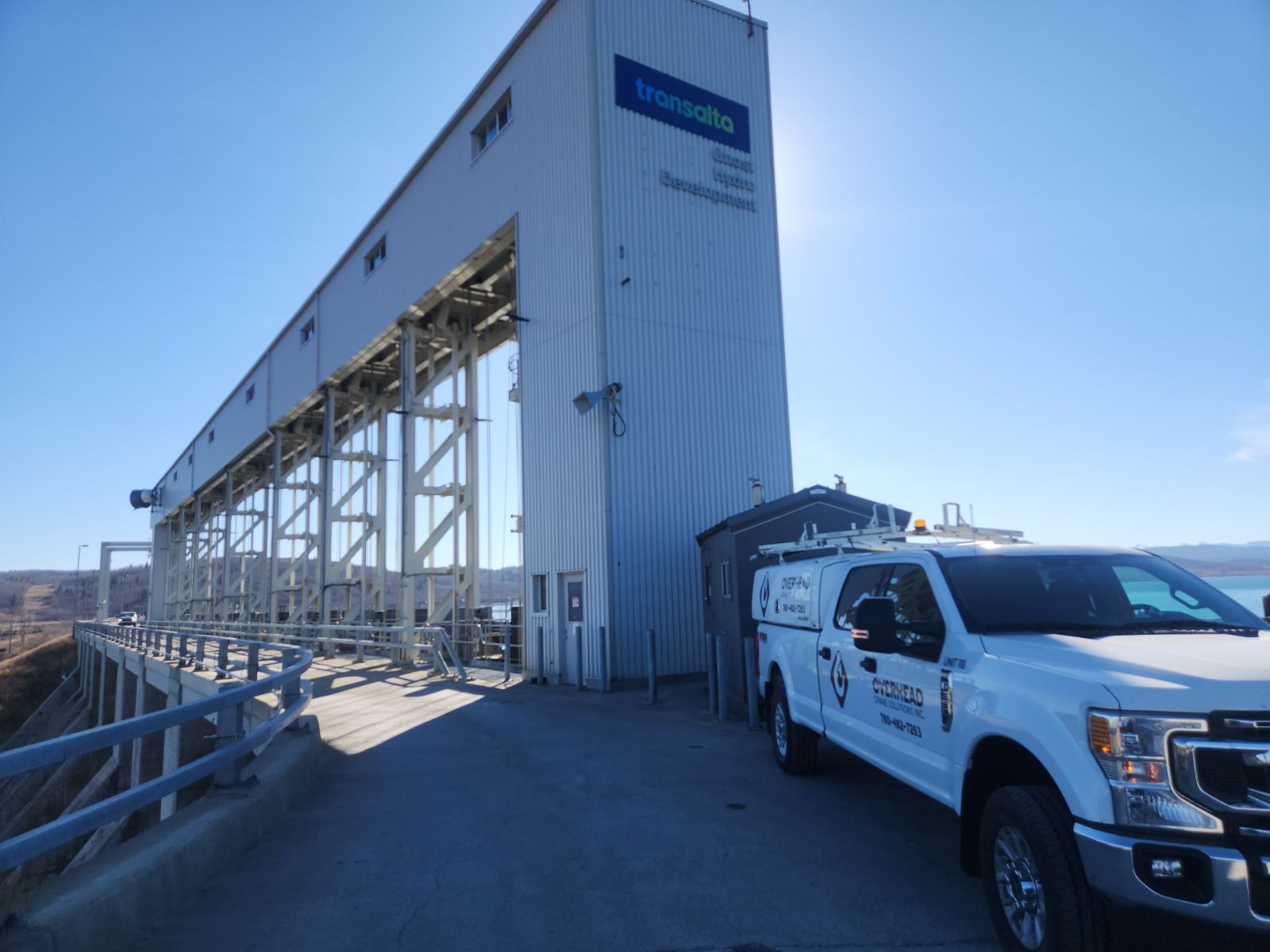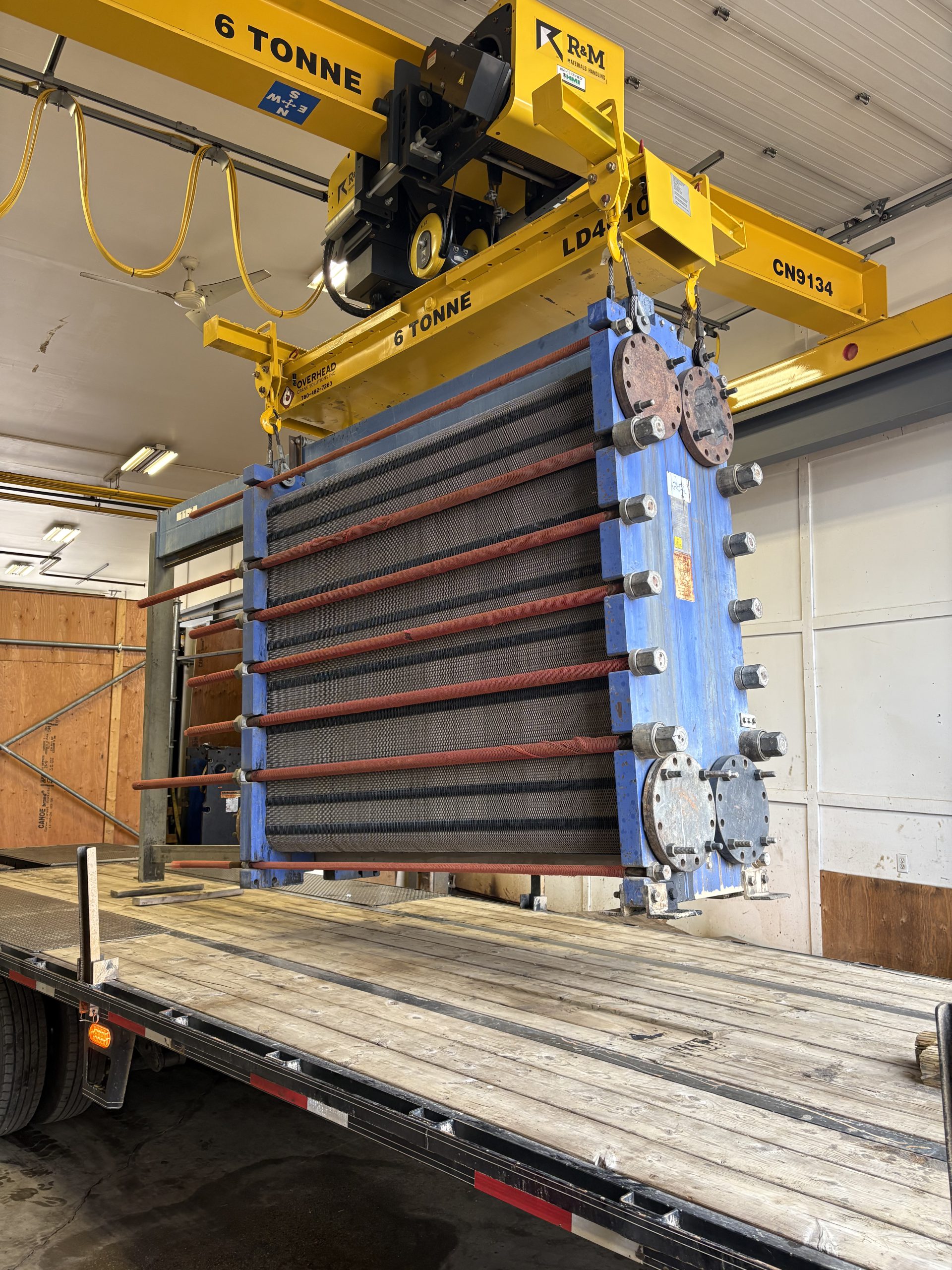Load testing is a crucial procedure for ensuring the safety and performance of overhead cranes and hoists. By subjecting the equipment to controlled stress, load testing verifies its capability to handle its rated capacity and beyond. This process is essential for maintaining safety, functionality, and compliance with regulations.
What Information Does Load Testing Provide?
Load testing offers valuable insights into the performance and safety of crane systems:
- Functional Capacity: Confirms the crane’s ability to lift and move loads at its rated capacity.
- Structural Integrity: Checks the crane’s structural components for weaknesses or potential points of failure.
- Operational Safety: Ensures that the crane operates safely under load, identifying any issues with controls, brakes, or hoisting mechanisms.
- Predictable Performance: Validates that the crane behaves as expected under load conditions, ensuring consistent performance.
Key Points of a Load Test:
- Commissioning Load Test: New cranes or hoists are tested at 100% to 125% of their rated capacity to ensure they meet design specifications before entering service.
- Verification of Safety and Functionality: Ensures that the crane can handle its rated loads and functions properly without unexpected failures.
Load Testing for New Cranes and Hoists
Purpose:
- Validation of Rated Capacity: Test the crane or hoist with loads greater than its rated capacity to ensure it performs safely and reliably.
- Structural Testing: Verify that the crane’s structure can withstand the stresses it will encounter during normal use.
Typical Testing Procedure:
- Apply Load: Use a load equal to or greater than the crane’s rated capacity.
- Monitor Performance: Check for any signs of structural failure or malfunction.
- Document Results: Record the outcomes to ensure compliance with safety standards.
Load Testing for User Safety
Load testing is also necessary under specific conditions to maintain safety:
- After Substantial Modifications:
- Gearing: Replacement or modification of hoist gears.
- Motors/Brakes: Changes to hoisting motors or brakes.
- Following Shock or Dropped Load Events:
- Integrity Check: Verify the crane’s integrity if it has experienced a significant shock or load drop.
- Engineered Lifts:
- Special Permissions: Lifting loads beyond the crane’s rated capacity may be possible with engineer approval and proper design review.
- Routine Operation: For routine lifts exceeding capacity, consider equipment upgrades.
- Industry-Specific Requirements:
- Critical Applications: Aerospace, mining, and other critical industries may have specific load testing requirements as part of their maintenance programs.
Why Understanding Load Test Requirements is Critical
Consequences of Ignoring Requirements:
- Property Damage: Overloading can cause structural damage to buildings and equipment.
- Reduced Equipment Life: Excessive loads can accelerate wear and tear on the crane.
- Injury or Fatalities: Overloading risks severe accidents, including injuries or deaths.
Compliance and Documentation:
- Verify Certificates: Ensure that load test certificates are up-to-date and on file.
- Consult Experts: Work with qualified crane service companies to determine when load testing is required.
Insurance Considerations:
- Policy Compliance: Insurers may cancel policies if safety protocols are not followed.
Risks of Ignoring Rated Capacity
Potential Hazards:
- Falling Loads: Overloaded cranes can fail, causing heavy loads to fall and potentially injure personnel.
- Structural Damage: Collapsed loads can damage infrastructure and equipment.
Preventive Measures:
- Adhere to Capacity Limits: Always operate cranes within their rated capacities.
- Regular Inspections: Perform routine inspections and maintenance to ensure safety and functionality.
Conclusion: Load testing is vital for ensuring the safe and effective operation of overhead cranes and hoists. Understanding and adhering to load test requirements help prevent accidents, equipment failures, and costly downtime, ultimately safeguarding personnel and property. Always ensure that your equipment is tested, maintained, and operated within its rated capacity to avoid catastrophic consequences.

